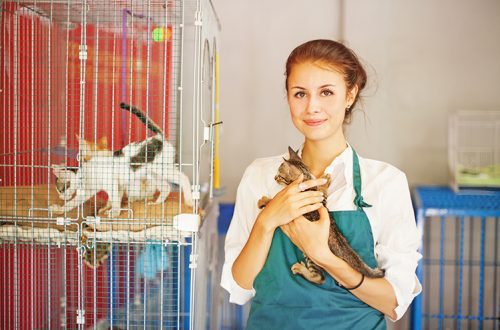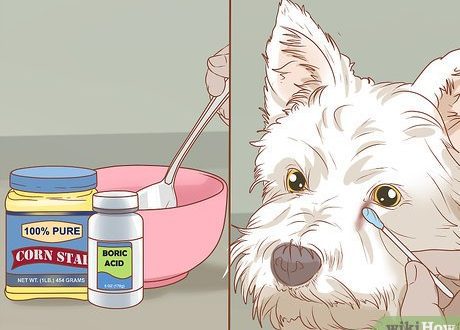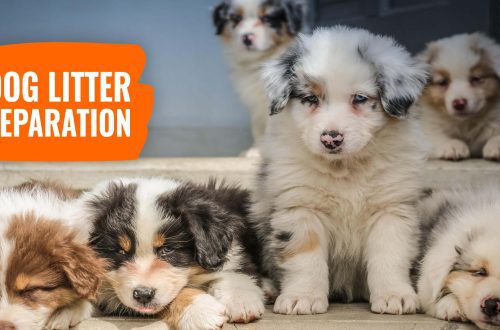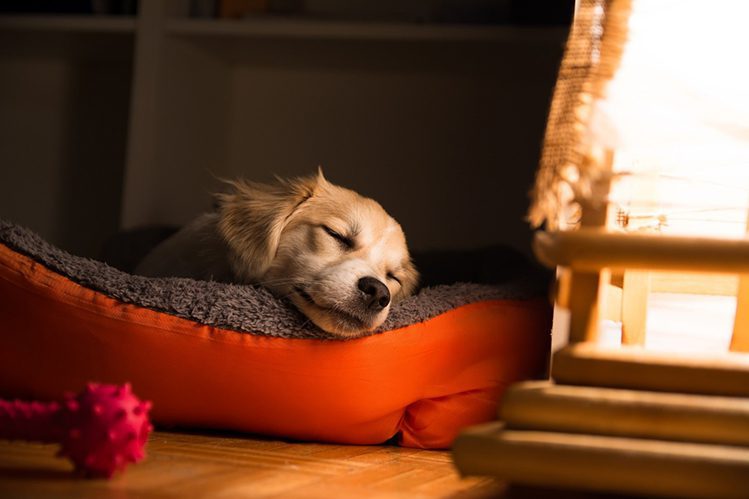
Puas yog dev ua npau suav?
If you have a dog, you probably often watch him sleep. While sleeping, dogs may twitch their paws, lick their lips, and even whine. What do they dream about at this moment? In this article, we have collected all the facts known to date about dog dreams.
The sleep structure of our pets is very similar to that of humans: just like humans, dogs have phases of REM sleep (rapid eye movement sleep) and sleep without rapid eye movement. This seems surprising, because dogs sleep up to 16-18 hours a day. In the journal “Physiological Behavior” in 1977, a report was published by scientists who studied the electrical activity of the brain of six dogs. Scientists have found that dogs spend 21% of their sleep in naps, 12% in REM sleep, and 23% of their time in deep sleep. The rest of the time (44%) the dogs were awake.
Just in the phase of REM sleep in dogs, the eyelids, paws twitch, and they can make sounds. It is in this phase that a person’s best friends see dreams.

Matthew Wilson, an MIT learning and memory specialist, began researching animal dreams more than 20 years ago. In 2001, a group of researchers led by Wilson discovered that rats dream. First, the scientists recorded the activity of the rats’ brain neurons as they went through the maze. Then they found the same signals from neurons in REM sleep. In half the cases, the rats’ brains worked in REM sleep in the same way as when they went through the maze. There was no mistake in this, since the signals from the brain passed at the same speed and intensity as during wakefulness. This study was a big discovery and was published in 2001 in the journal Neuron.
Thus, rats gave the scientific world reason to believe that all mammals can dream, another question is whether they remember dreams. Wilson at one speech even said the phrase: “Even flies can dream in one form or another.” Such facts are a bit shocking, aren’t they?
After that, Wilson and his team of scientists began testing other mammals, including dogs.
Sleep research in general suggests that the brain most often uses sleep to process the information received during the day. Harvard Medical School psychologist Deirdre Barrett said in an interview with People magazine that dogs are more likely to dream of their owners, and that makes sense.
“There is no reason to believe that animals are any different from us. Because dogs tend to be very attached to their owners, it’s more likely that your dog dreams about your face, smells you, and enjoys causing you minor annoyances,” says Barrett.
Dogs dream about their usual worries: they can run in the park, eat treats, or cuddle with other pets. Scientists say that quite often dogs dream of their owners: they play with them, hear his smell and speech. And, like standard dog days, dreams can be joyful, calm, sad, or even scary.
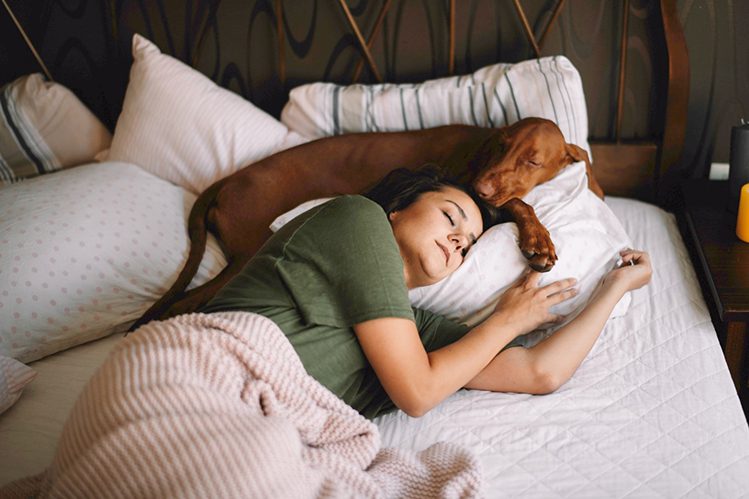
Your dog is more likely to have a nightmare if he is tense, whining or growling in his sleep. However, most experts do not recommend waking your pet at this point, it may get scared. Even people after some dreams need a few moments to realize that the nightmare was just a fantasy and now they are safe.
How does your pet behave in sleep? What do you think he dreams about?



